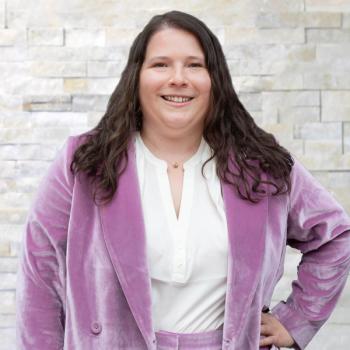
Innovations for Medical Research to be Commercialized through Purdue Grants
Purdue University (West Lafayette, Indiana) researchers recently received more than $200,000 in grants to commercialize their spectroscopy innovations designed to facilitate biological and medical research and diagnostics. The grants were awarded by the Purdue Research Foundation’s Trask Innovation Fund, which assists faculty and staff whose discoveries are commercialized through the Purdue Office of Technology Commercialization.
Purdue University (West Lafayette, Indiana) researchers recently received more than $200,000 in grants to commercialize their spectroscopy innovations designed to facilitate biological and medical research and diagnostics. The grants were awarded by the Purdue Research Foundation’s Trask Innovation Fund, which assists faculty and staff whose discoveries are commercialized through the Purdue Office of Technology Commercialization.
Corey Neu, assistant professor in Purdue’s College of Engineering, received $50,000 to support “Critical Advancement to a New AFM/NMR Instrument.” The innovation allows researchers to better understand cell movement and physical and chemical properties at the single-cell level.
“The combined AFM/NMR instrument that we are building with the funding is expected to provide direct biophysical (e.g., metabolism) measures in single cells through the combined actions of two complimentary techniques: atomic force microscopy (AFM) and nuclear magnetic resonance (NMR).” Neu explained, “The technique takes advantage of a new AFM cantilever probe that operates also as a NMR resonator.”
Colleague Jonathan D. Gortat said that the combined technique could be used widely to better understand a variety of disease states ranging from the nexus between complex cell biochemistry and the matrix-like structure of cartilage to better understanding the progression of the diseases or the mechanism by which cancerous cells metastasize.
Neu and his colleagues currently are using a prototype of the system to understand cell mechanotransuction and differentiation, two processes that involve distinct changes in biophysical and biochemical aspects of the cells. They would like to use this technique in the future as a diagnostic tool for rare cell populations based on the complementary measures.
Another Trask Innovation Fund awardee is Ji-Xin Cheng, assistant professor at the College of Science, who received $50,000 for “Fast Spectroscopy Imaging by Parallel-detection of Stimulated Raman Scattering.” The innovation will allow researchers, clinicians, or pathologists to look at live biological samples, without labeling, in real time.
Newsletter
Get essential updates on the latest spectroscopy technologies, regulatory standards, and best practices—subscribe today to Spectroscopy.



